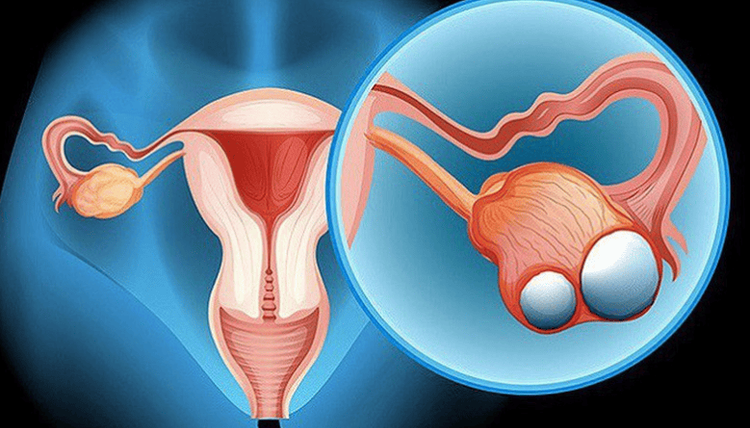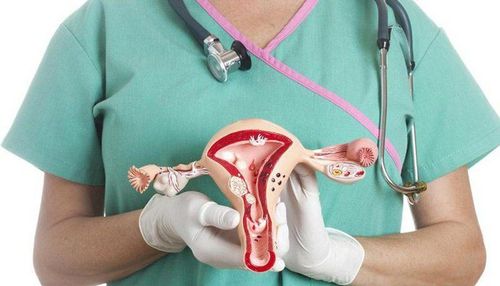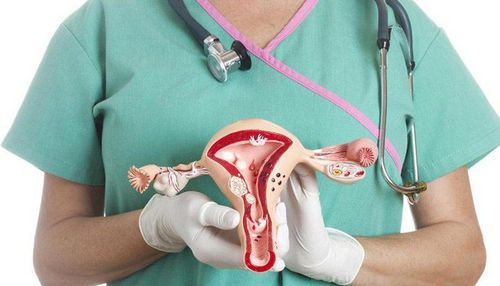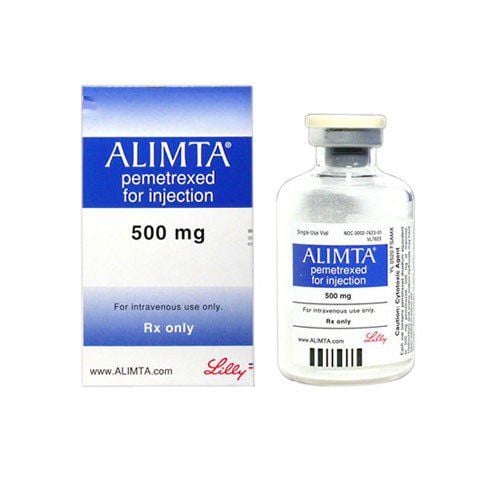This is an automatically translated article.
Ovarian cancer is one of the most common gynecological cancers in women, second only to cervical cancer. There are many factors that affect the risk of ovarian cancer. Understanding these factors can help prevent and detect the disease at an early stage and make treatment more effective.
1. Ovarian Cancer Overview
A normal woman has 2 ovaries located on either side of the uterus. Each ovary, about the size of an almond, produces eggs and the hormones estrogen and progesterone. Ovarian cancer is a condition in which ovarian cells grow abnormally, out of control, and form tumors in one or one or both ovaries.
According to statistics from the American Cancer Society, ovarian cancer ranks 5th among the leading causes of cancer death in women. An estimated 15,000 American women die from ovarian cancer each year.
Ovarian cancer is the leading cause of death from gynecological cancer, second only to cervical cancer. Patients with ovarian cancer have a higher chance of survival if the disease is detected early. However, only about 20% of ovarian cancer patients are detected before the tumor grows and invades the tissues and organs surrounding the ovary. Most of the remaining patients were diagnosed at a late stage.
Ovarian cancer is mainly found in women over the age of 50. Although this is not a common disease in young women, there are still cases of young women being diagnosed with ovarian cancer.
There are many factors that affect the risk of ovarian cancer. Understanding these factors can help us prevent and detect disease at an early stage, making treatment more effective.

Ung thư buồng trứng là bệnh ung thư phụ khoa gây tử vong cao
2. Causes of ovarian cancer
Ovarian tumor is an abnormal growth of cells in the ovary, which can be either benign or malignant. Benign tumors usually do not spread to other parts of the body. Meanwhile, ovarian cancer cells will spread to other parts of the body in one of two ways:Ovarian cancer cells will directly invade surrounding tissues and organs. ovaries (in the pelvis and abdomen). Ovarian cancer cells travel through the bloodstream or through the lymphatic network to other parts of the body. Although ovarian cancer has been known for a long time, until now it is not clear what causes ovarian cancer. There are a few researchers who think there's something going on in a woman's monthly post-ovulation tissue repair process. The formation and division of new cells at the site of ovulation can be caused by genetic errors.
There is also another theory that increases in sex hormone levels before and during ovulation may be a factor that stimulates the growth of abnormal cells.
Until now, scientists have identified three types of ovarian cancer, defined by the location where cancer cells form in the ovary. 3 types of ovarian cancer include:
Carcinoma: Up to 85-90% of all ovarian cancers are detected. Cancer cells develop in the epithelium, the thin sheath that covers the outside of the ovary. This form is common in perimenopausal women. Germ cell cancer: Cancer cells develop from the producing cells of the ovary. This type of ovarian cancer is more common in young women. Genitourinary cell carcinoma: Cancer cells develop in tissue that produces female sex hormones.

Ung thư biểu mô chiếm tới 85 - 90% tổng số các trường hợp ung thư buồng trứng được phát hiện
3. Factors affecting the risk of ovarian cancer
Although we still don't know what causes ovarian cancer. But researchers have discovered risk factors for ovarian cancer. There are many factors that affect a woman's risk of ovarian cancer.
Just because a woman has one or more risk factors for ovarian cancer does not mean that she will definitely get the disease. However, they will be at higher risk of disease than other women.
Risk factors for ovarian cancer include:
Carrying the BRCA1 or BRCA2 mutated gene: This is the most characteristic risk factor for ovarian cancer. These mutated genes were initially identified in families with multiple breast cancers, but they have also been detected in patients with ovarian cancer. In addition to the above mutated gene, there is another genetic disease affecting ovarian cancer that is hereditary non-polyposis colorectal cancer syndrome (HNPCC). People in this family with this syndrome will have a higher than normal risk of endometrial, ovarian, stomach, small intestine, and colon cancers. The risk of ovarian cancer associated with hereditary nonpolyposis colorectal cancer syndrome is lower than the risk associated with BRCA1 or BRCA2 mutations.
Women with few or no pregnancies: Women who have had at least one pregnancy have a lower risk of developing ovarian cancer than women who have never been pregnant. The use of oral contraceptives has some protection against ovarian cancer. Family history of ovarian cancer: It is possible to have more than one family member with ovarian cancer, but it is not related to genetic variation. If you have a family member with ovarian cancer, your risk of developing the disease is higher than that of the general population. If your mother or sister or daughter has ovarian cancer, your lifetime risk is 5%. Diet high in fat: There are many studies that suggest that young women who are obese have an increased risk of developing ovarian cancer before menopause. Obesity may also be associated with advanced ovarian cancer, which in turn can make the disease more likely to recur in a shorter time and reduce patient survival rates. Early menopause or late menopause: A woman who has an early menopause or a late menopause has a higher risk of ovarian cancer than other women. Many studies have been conducted to find an association between the use of hormone replacement therapy in postmenopausal women and the risk of ovarian cancer, but there is still no consensus. However, a study published in the National Journal of Cancer in 2006 suggested that women who did not have a hysterectomy and used hormone therapy for 5 years or more face an increased risk of cancer. significant ovaries.

Một phụ nữ bị mãn kinh sớm hoặc mãn kinh muộn đều có nguy cơ mắc ung thư buồng trứng cao hơn những phụ nữ khác
If you have one or more risk factors for ovarian cancer, it increases your risk, but does not mean that you will definitely get ovarian cancer. Knowing these risk factors will help women proactively prevent and reduce the risk of disease to a minimum.
To meet the needs of women for gynecological cancer screening, Vinmec International Hospital currently offers a screening package and early detection of gynecological cancer, helping to detect 4 diseases early: Cancer cervical cancer, breast cancer, uterine cancer and ovarian cancer even if the patient has no symptoms.
The subjects who should use the Gynecological Cancer Screening and Early Detection Package include:
Female customers, over 40 years old Customers wishing to be able to screen for pathology of breast-gynecological cancer (neck) uterus, uterus, ovaries) Customers with high risk of cancer – especially customers with a family history of breast cancer, gynecology Women of reproductive age, perimenopause Menopause and menopause Women who are having symptoms of breast cancer, gynecological such as: pain in the breast, lump in the breast, bleeding outside the menstrual period, pain in the abdomen, etc...
Please dial HOTLINE for more information or register for an appointment HERE. Download MyVinmec app to make appointments faster and to manage your bookings easily.
Reference source: iconcancercentre.sg
SEE MORE
Ovarian cancer: Intraperitoneal or systemic chemotherapy? Ovarian cancer: Causes, signs, and stages of development Ovarian cancer: Predisposing subjects, symptoms and classification













